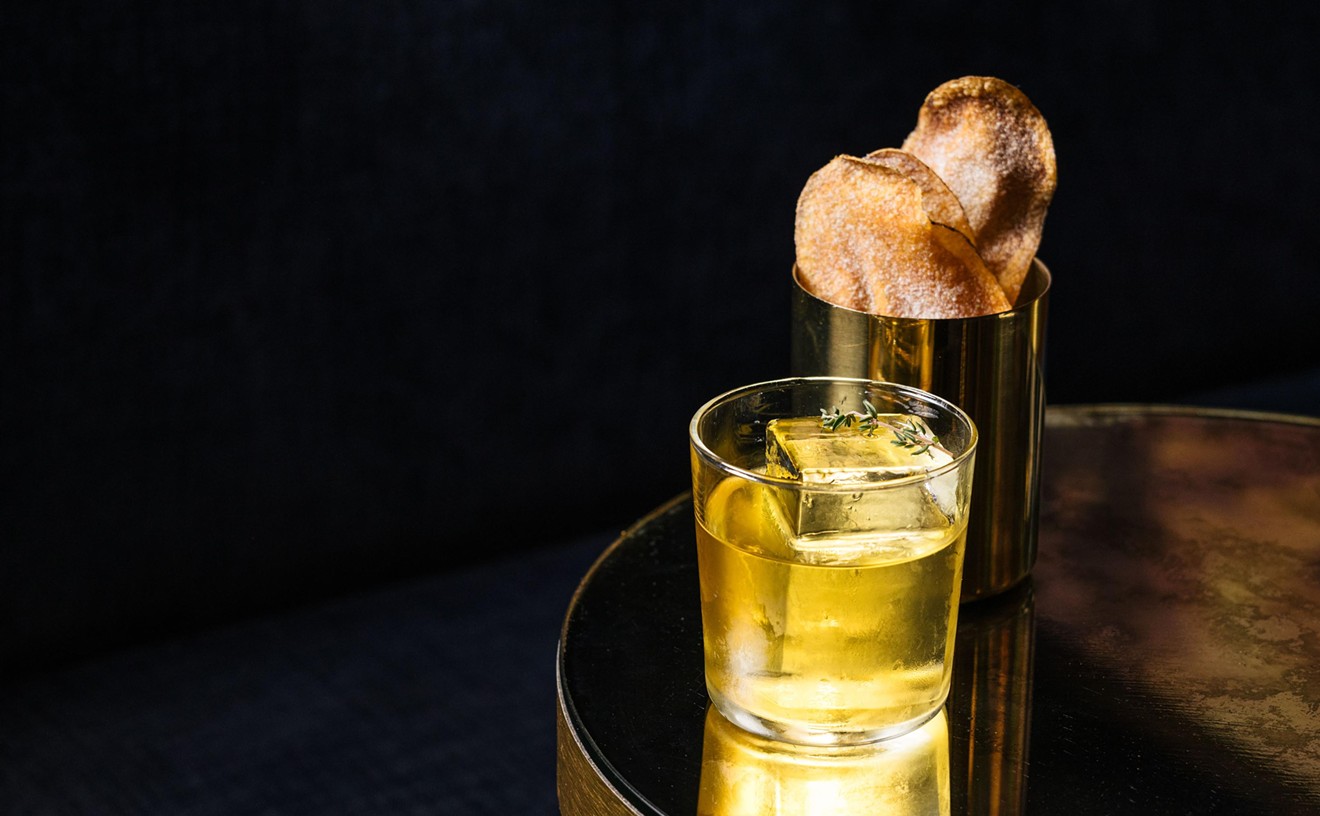Sometimes when I read a recipe I can taste it. If it's a good recipe I actually stop so that I can savor the moment. I nearly had to wipe crumbs off my lap after reading Amy Morris' 12/9 post about scones. I like scones, and her recipe is awfully good. I like scones so much that I actually have an annual scones-for-the-holidays plan. While Amy's post is about making the perfect scone, I'd like to focus on how to use a scone recipe to turn yourself into the perfect houseguest.
Years ago, when I practiced law and only cooked for fun, I was invited to spend Christmas with friends. I decided that I needed a recipe I could commit to memory and make on Christmas morning.
I found a recipe for scones that met my two criteria; 1. It had a small number of ingredients, and 2. The ingredients were staples that I expected my friends would have on hand.
I've refined my recipe for scones over the years, but as long as I have flour, sugar, baking powder, salt, butter, milk, and an egg I can whip up a batch of plain scones. The best part of my recipe is that it's easy to customize and add something extra like raisins, dried cranberries, almonds or other nuts, cheese, and/or herbs. The recipe easily incorporates 1/2 - 2/3 cup of such extras. These go in after the butter and before the liquids.
I always start by whisking the dry ingredients together.
Next I cut in 6 tablespoons of cold butter. I use my fingers and squeeze the pieces of butter into flour-coated cornflake-shaped pieces. When you work the butter into the dry ingredients you absolutely, positively have to stop when the pieces are still identifiable as butter. You need those little lumps if you want flakey scones, and it's easier to achieve that with cold butter that's not melting as you cut it into the flour. The small amount of water in the butter turns to steam in the hot oven and the little pockets of steam create those flakes. When in doubt about size, opt for bigger bits of butter. (Amy uses 5 tablespoons of butter, but she uses cream, which ups her recipe's butterfat).
The recipe calls for one egg - but egg substitute will work in a pinch.
I like to use 1/2 cup of whole milk, but I've used cream, half-and-half, skim milk, and once on the fly I used Baileys. When you add the liquid fold it in with just five or six stirs of the spatula. Then sort of press and knead just until the dough holds together. It should be ratty. That's my word for uneven, wet and dry, crumbly and barely held together dough. Ratty dough means that the butter is still lumpy and the scones will be tender and flakey.
Warm scones on Christmas morning are a one-size-fits-most gift. In an esoteric sort of way, being a good guest is also a gift.
Andy Broder is the chef/owner of AndyFood, A Culinary Studio.
Follow Chow Bella on Facebook and Twitter.










